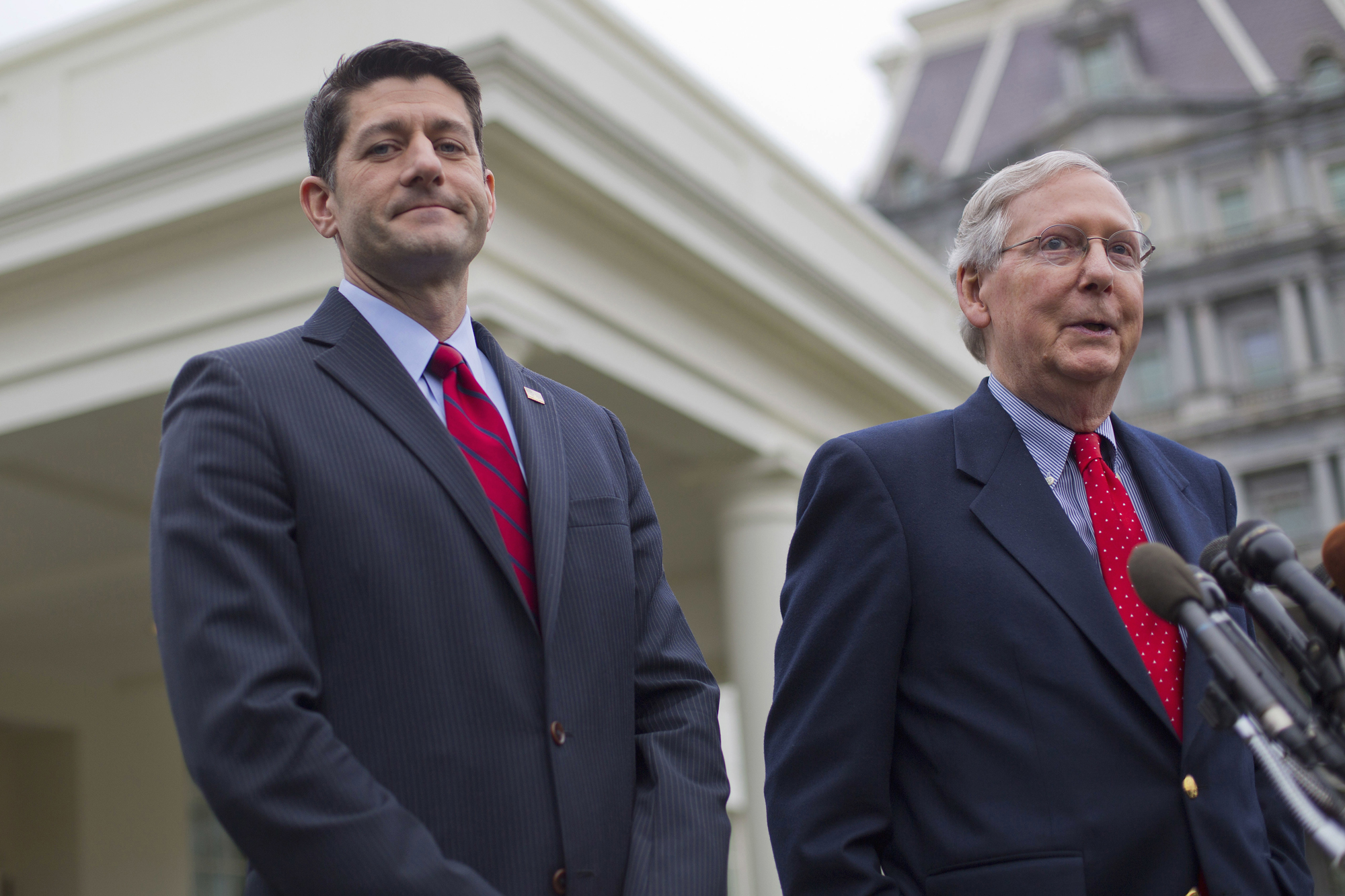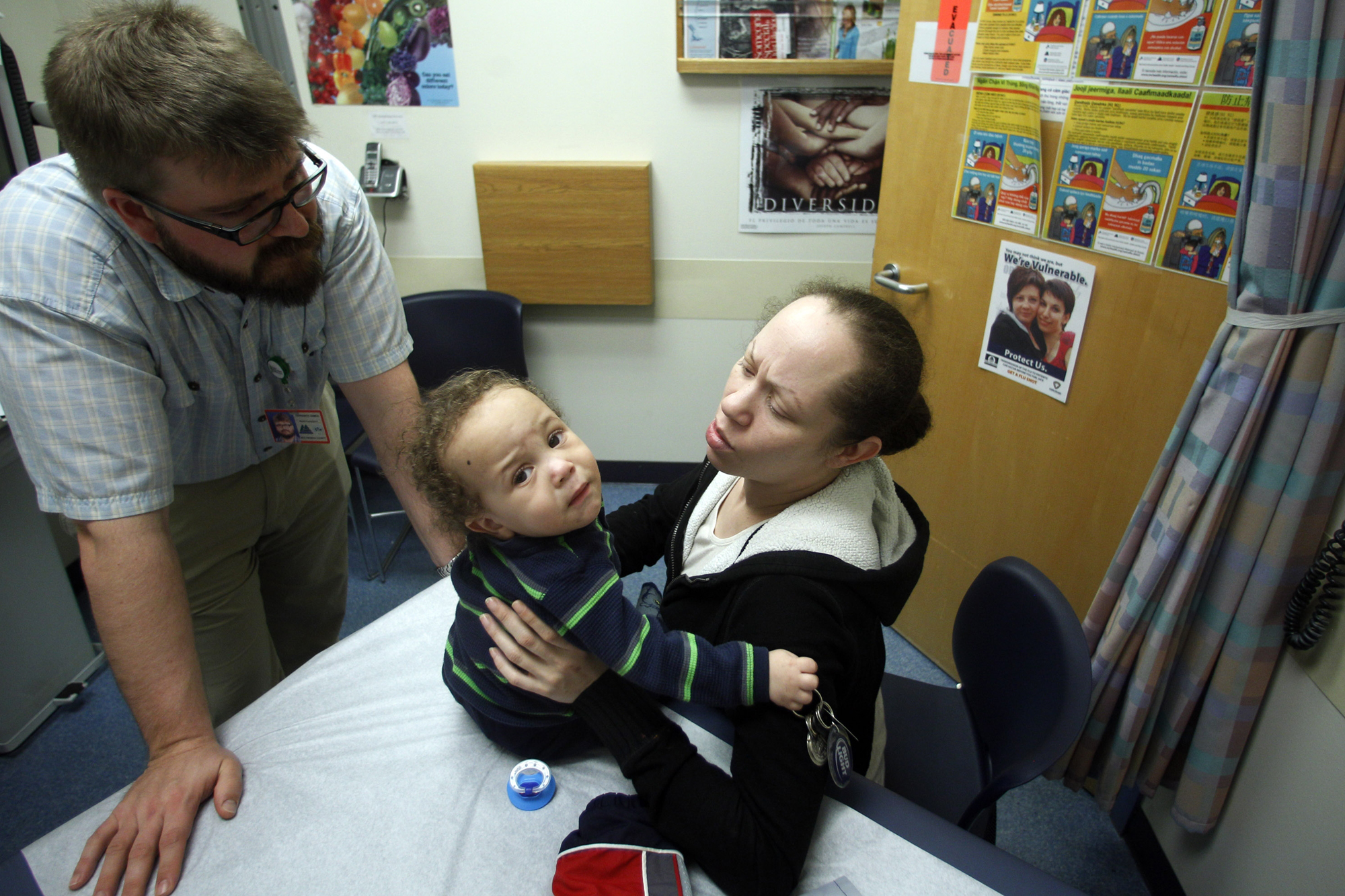When my mother was diagnosed with Alzheimer’s disease in 2007, she asked me to promise I’d never move her into a nursing facility. I promised, although I wasn’t sure how I’d keep my commitment.
I pulled out of a four-book editing contract and moved in with her. I learned from a social worker that I could receive 20 hours a week of help from home health aides, as well as SNAP benefits and cash assistance to help compensate for my decreased work income. It was enough for us to get by.
Get TalkPoverty In Your Inbox
About a month after I moved in with her, we returned from grocery shopping to find a state trooper standing outside of our front door. He handed me a court summons: My sister had sued me for custody of our mother. She wanted to place her in a care facility.
The court denied my sister’s request and named me our mother’s legal guardian, but it appointed my sister as guardian of her property. In 2009, when my mother passed away, my sister evicted me.
The day I was scheduled to move out, I stood in a convenience store, dazed, as I stared at microwaveable meals. These would be my new staple when I moved into the motel room.
My phone rang—my sister. She told me she needed me out of the house in a couple of hours—she was a real estate agent and a client wanted to see the house.
“No hard feelings,” she said.
* * *
I was homeless for less than six weeks, a relatively short time compared to most.
The reason I fared better than many suddenly homeless people is because I was already in the social services system in Ocean County, New Jersey due to my mother’s illness. Social services simply reopened my case and quickly provided temporary emergency housing.
For most people, emergency housing is just a port in the storm, since it only gives you six weeks to find permanent housing. It’s not easy to find a home—most landlords don’t want to accept housing vouchers for rent—but I was fortunate. The woman who ran my church’s homeless outreach program vouched for me, so I was able to move into an apartment before my placement at the motel expired.
After my housing was stabilized, the trauma of familial conflict, loss, and eviction pummeled me like a tsunami.
The trauma of familial conflict, loss, and eviction pummeled me like a tsunami.
I was overcome with anxiety, convinced that things would never go right again. Every time I heard a noise at night I would jump out of bed to check on my mother—worried that she was trying to get up and go to the bathroom by herself—before I remembered she was gone. In the mornings, depression made getting out of bed a struggle. Confused, I went to my local hospital where I was diagnosed with post-traumatic stress disorder (PTSD). For three months, I participated in an intensive outpatient treatment program: three days a week I received cognitive mental health counseling, medication, and group therapy.
I came to understand that being solely responsible for my mother’s care for two years, combined with fighting to prevent her worst nightmare—losing her home and being forced into an institution—had been too much for me. My brain and nervous system had been denied adequate time to recover from prolonged, severe stress.
It took me a couple of years, but I finally recovered—or at least adjusted to living with PTSD. And I wanted to use my experience to help others going through the same thing.
* * *
At first I thought I could teach people how to successfully navigate the social services system like I had. But I quickly learned that my experience wasn’t necessarily transferrable to them. The fact that I had already been in the social services system, and had a key relationship through my community, made all the difference for me.
For example, someone contacted me to see if I could help find housing for a young man who was living in the woods. When we sought emergency shelter through county social services, they turned him down because he’d been homeless for too long. They prioritized people who had been homeless for less than two weeks, and he’d been homeless for four months. Then we applied for Emergency Housing Assistance, but he couldn’t get to the mandated weekly career or substance abuse counseling. Those offices were across town, and out of reach of public transportation. Plus, the county requires documentation proving you are not currently receiving unemployment benefits and a letter from the Internal Revenue Service stating that no relatives are claiming you as a dependent—complete with a mailing address.
That young man spent another year in the woods before he was taken to a county mental health facility. Turned out he was autistic, and therefore eligible for permanent housing in a facility for persons with disabilities. The county didn’t seem to understand the urgency of getting people housed quickly so they could begin their recovery. There were too many pre-conditions and not enough affordable housing units to get the job done.
* * *
Since people clearly needed much more than the current system could offer, I explored a different avenue: Advocating for a County Homeless Trust Fund that would secure the monies needed for a shelter and real-time emergency housing assistance.
Unfortunately, advocates’ conversations with elected officials weren’t productive. In one meeting, a political representative charged with overseeing social services simply ticked off a series of negative stereotypes: “The homeless have always been here no matter how much money we spend trying to solve the problem… Nothing seems to work… I think many of them prefer to live like that.”
Clearly, she didn’t know any homeless people. In my half-dozen years working with people without homes, I’ve met very few individuals who wouldn’t prefer having a roof over their head, security, privacy, heat, running water, a toilet. Nevertheless, this mischaracterization of the homeless is common—I’ve heard it from social workers, religious leaders, and agency heads. If you repeat a lie enough times, it gains currency.
Advocating for the Trust Fund reinforced the same feeling I had when I tried to advocate for people navigating social services: Unless policymakers and government employees enlist the involvement of people who have experienced this kind of struggle, they will not understand, support, or implement the solutions we need.
* * *
In one sense, I’ve now come full circle. I’m volunteering at the same homeless outreach center that first helped me when I was evicted. We provide people with necessities like clothing, blankets, tents, heaters, and food, as well as services such as haircuts and laundry. The center also creates a sense of community where people can lean on each other as they try to recover from trauma and find stability in their lives.
Now I’m also trying to connect our outreach community with opportunities that will help people achieve financial and housing independence. A couple weeks ago I took a few young men and women to a farm where I used to volunteer, so they can hopefully earn some money and pick up some skills in a growing industry—vertical farming.
It was a diverse group. One woman was living in the woods and “here and there.” Another guy has emergency housing assistance and tons of energy—he skateboards everywhere—but no job. The third guy has been living without housing for more than five years and was looking for work.
They were given a tour of the operation and invited to fill out an application for a 60-hour summer work and training program. The manager also gave them her cell phone number and said to call her anytime to check on job openings.
Before we left town, we stopped at a restaurant where one of them applied for a job. Then I took them to the beach on the other side of town—none of them had ever been there before. For a little while at least, they were simply young people enjoying a beach, free from the burden of being labeled “disaffected homeless youths.”
These moments of normalcy—in a culture that constantly treats us as flawed and abnormal—are part of how we find our way again.
* * *
My experiences since my mother’s death and my eviction have taught me what we need to do to end homelessness in America. If we simply invested in affordable housing—and committed to getting people housed quickly so they can begin their recovery—we would immediately see dramatic reductions in homelessness and an increase in people contributing to our communities. On top of it, we know that this approach would save our nation money.
But it doesn’t matter how many studies demonstrate that this is the direction we need to go. What is lacking, still, is political will. And that will only change when our elected representatives begin listening to—and taking seriously—those of us who have lived this struggle.













